Physicists have built the first-ever lab model of a black hole bomb, a decades-old theory where spinning energy amplifies until it explodes.
Get the latest international news and world events from around the world.
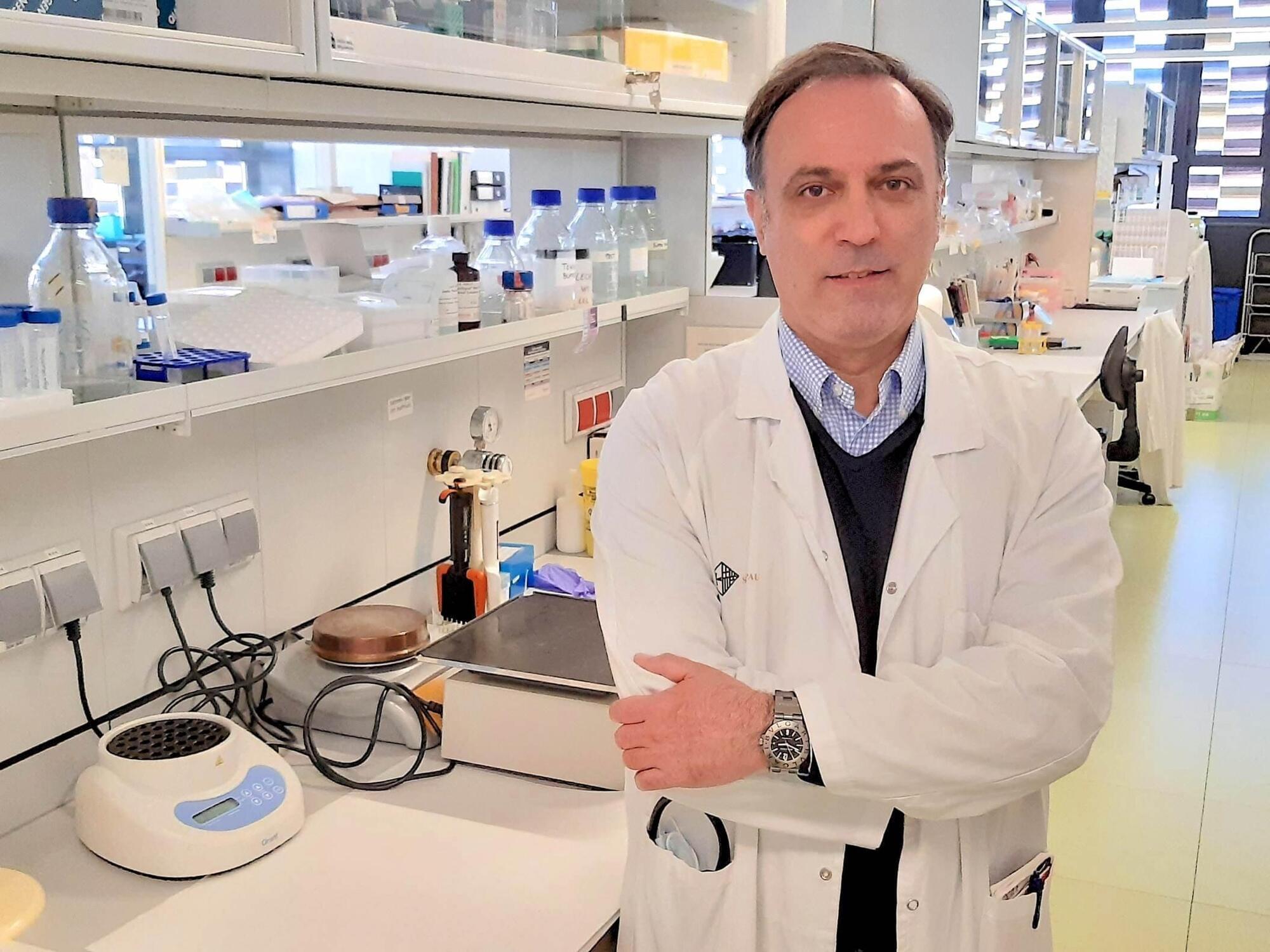
Novel CAR-T therapy achieves positive results in a high proportion of patients with a refractory type of lymphoma
Researchers from the Sant Pau Research Institute (IR Sant Pau), in collaboration with Sant Pau Hospital and the Josep Carreras Leukemia Research Institute, have developed an innovative CAR-T cell therapy targeting the CD30 protein (HSP-CAR30), which has shown high efficacy in patients with refractory CD30+ lymphoma.
A Phase I clinical trial, whose results have been published in the journal Blood, reveals that this new CAR-T30 therapy promotes the expansion of memory T cells, leading to long-lasting responses and improved clinical outcomes in treated patients.
Hodgkin lymphoma and other CD30+ lymphomas have posed a significant challenge to the medical community, particularly in refractory or relapsed cases where conventional treatments have so far shown limited efficacy.



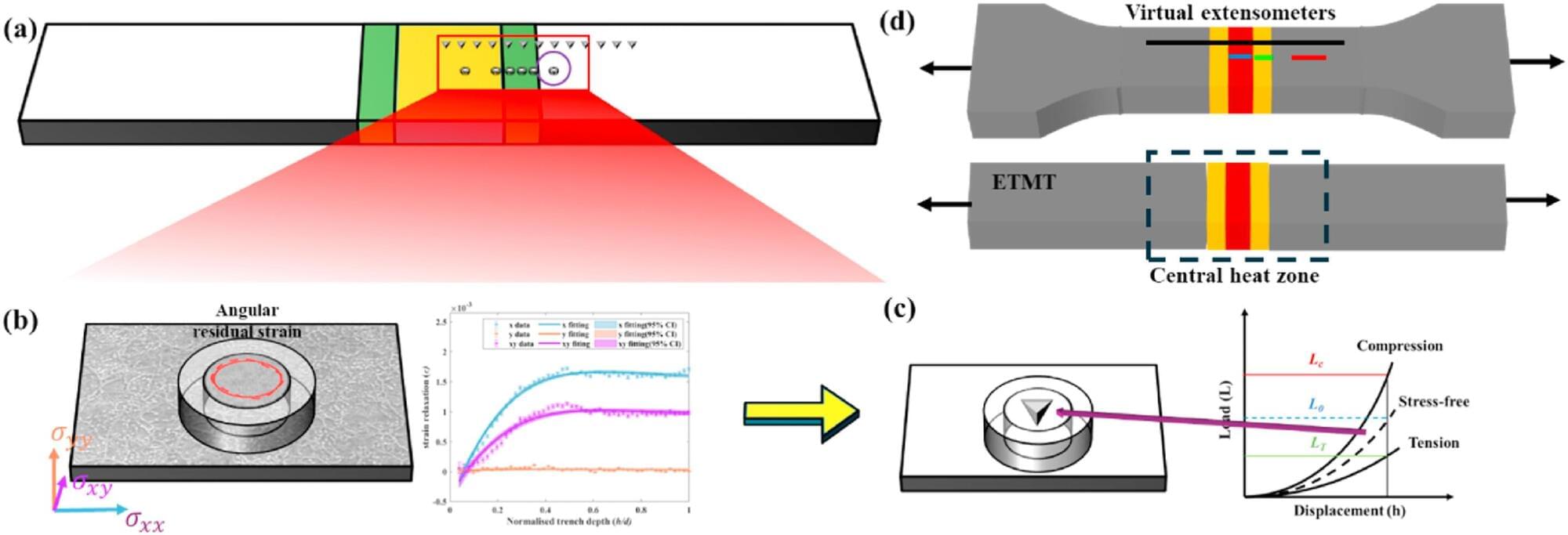
Engineers develop technique to enhance lifespan of next-generation fusion power plants
As the world races to build the first commercial nuclear fusion plant, engineers from the University of Surrey have made a breakthrough in understanding how welded components behave inside the extreme conditions of a reactor—offering critical insights for designing safer and longer-lasting fusion energy systems.
Working in collaboration with the UK Atomic Energy Authority (UKAEA), the National Physical Laboratory, and global supplier of scientific instruments for nanoengineering TESCAN, researchers have developed and used an advanced microscopic method to map hidden weaknesses locked inside welded metals during manufacturing that can compromise reactor components and reduce their lifespan.
The research, published in the Journal of Materials Research and Technology, details how they examined P91 steel—a very strong and heat-resistant metal candidate for future fusion plants. Researchers applied an advanced imaging technique using a plasma-focused ion beam and digital image correlation (PFIB-DIC) to map residual stress in ultra-narrow weld zones that were previously too small to study with conventional methods.
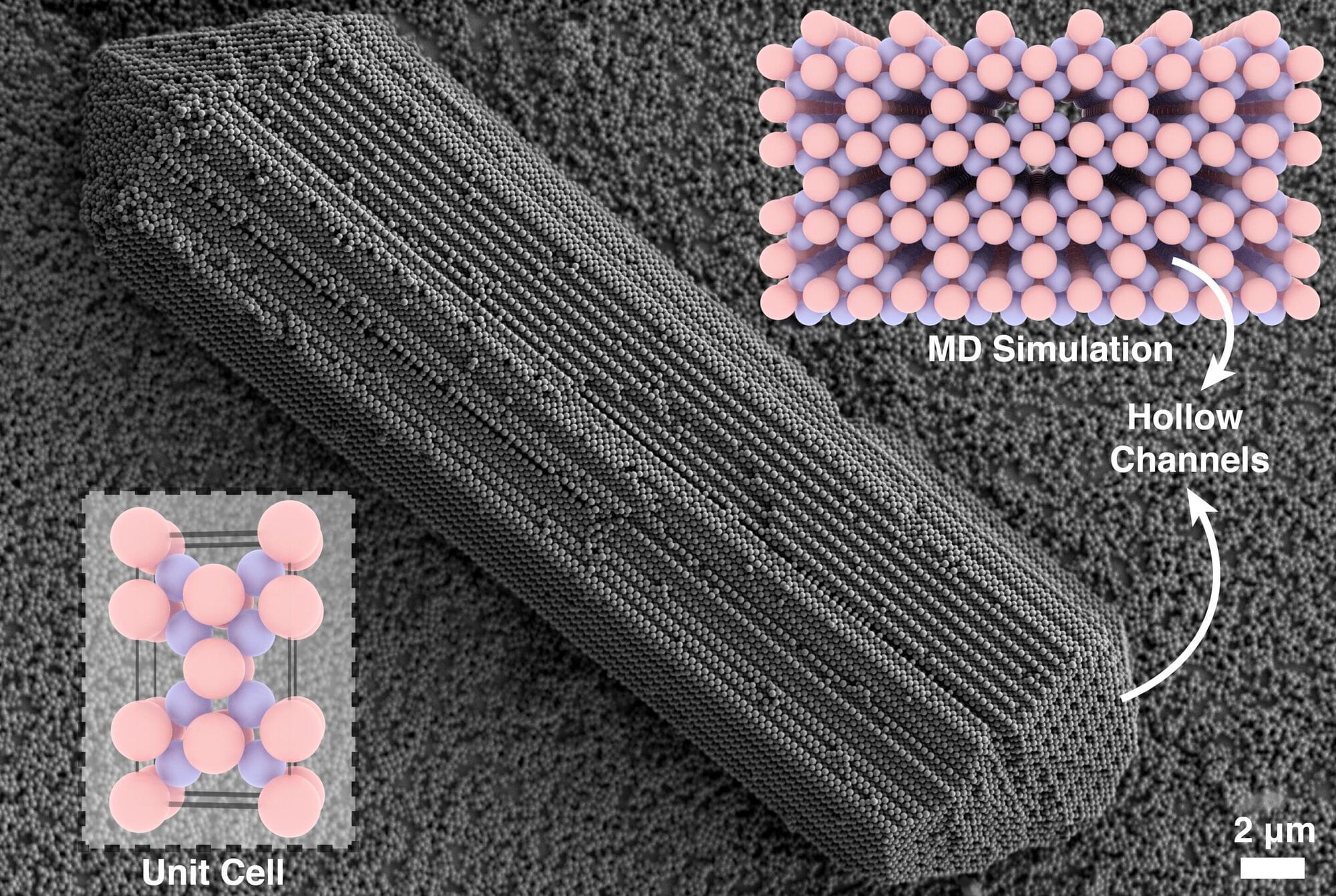
Scientists observe how blobs form crystals and discover a new crystal type
Crystals—from sugar and table salt to snowflakes and diamonds—don’t always grow in a straightforward way. New York University researchers have captured this journey from amorphous blob to orderly structures in a new study published in Nature Communications.
In exploring how crystals form, the researchers also came across an unusual, rod-shaped crystal that hadn’t been identified before, naming it “Zangenite” for the NYU graduate student who discovered it.
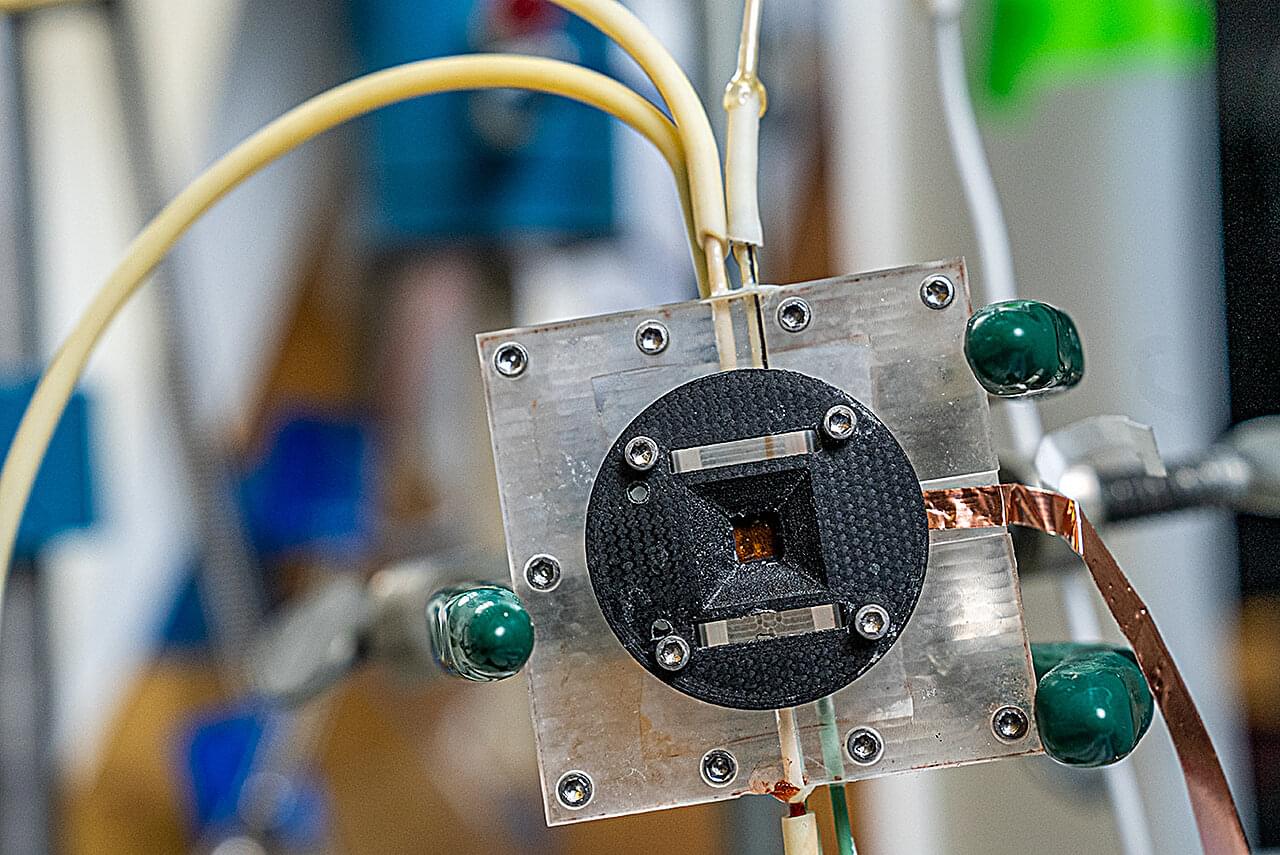
Scientists crack decades-old puzzle in carbon dioxide-to-fuel conversion
New research has revealed the fundamental mechanisms that limit the performance of copper catalysts—critical components in artificial photosynthesis that transform carbon dioxide and water into valuable fuels and chemicals.
In a study co-led by scientists at Lawrence Berkeley National Laboratory (Berkeley Lab) and SLAC National Accelerator Laboratory, researchers have used sophisticated X-ray techniques to directly observe how copper nanoparticles change during the catalytic process.
By applying small-angle X-ray scattering (SAXS)—a technique traditionally used to study soft materials like polymers—to this catalyst system, the team gained unprecedented insights into catalyst degradation that has puzzled scientists for decades.
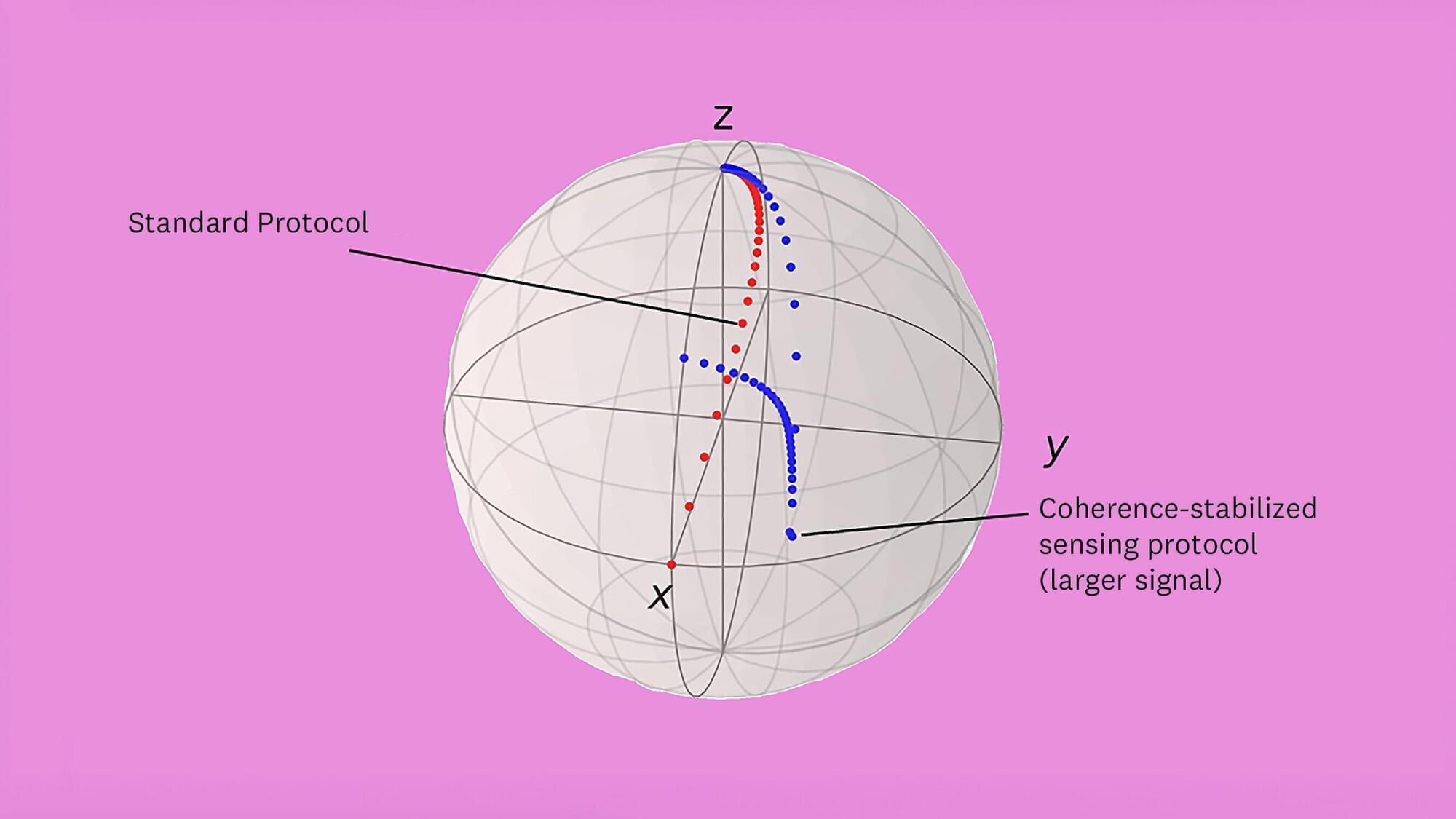
Overcoming the quantum sensing barrier: New protocol counteracts the limitation of decoherence
Researchers have demonstrated a new quantum sensing technique that widely surpasses conventional methods, potentially accelerating advances in fields ranging from medical imaging to foundational physics research, as shown in a study published in Nature Communications.
For decades, the performance of quantum sensors has been limited by decoherence, which is unpredictable behavior caused by environmental noise.
“Decoherence causes the state of a quantum system to become randomly scrambled, erasing any quantum sensing signal,” said Eli Levenson-Falk, senior author of the study, associate professor of physics and astronomy at the USC Dornsife College of Letters, Arts and Sciences and associate professor of electrical and computer engineering at the USC Viterbi School of Engineering.
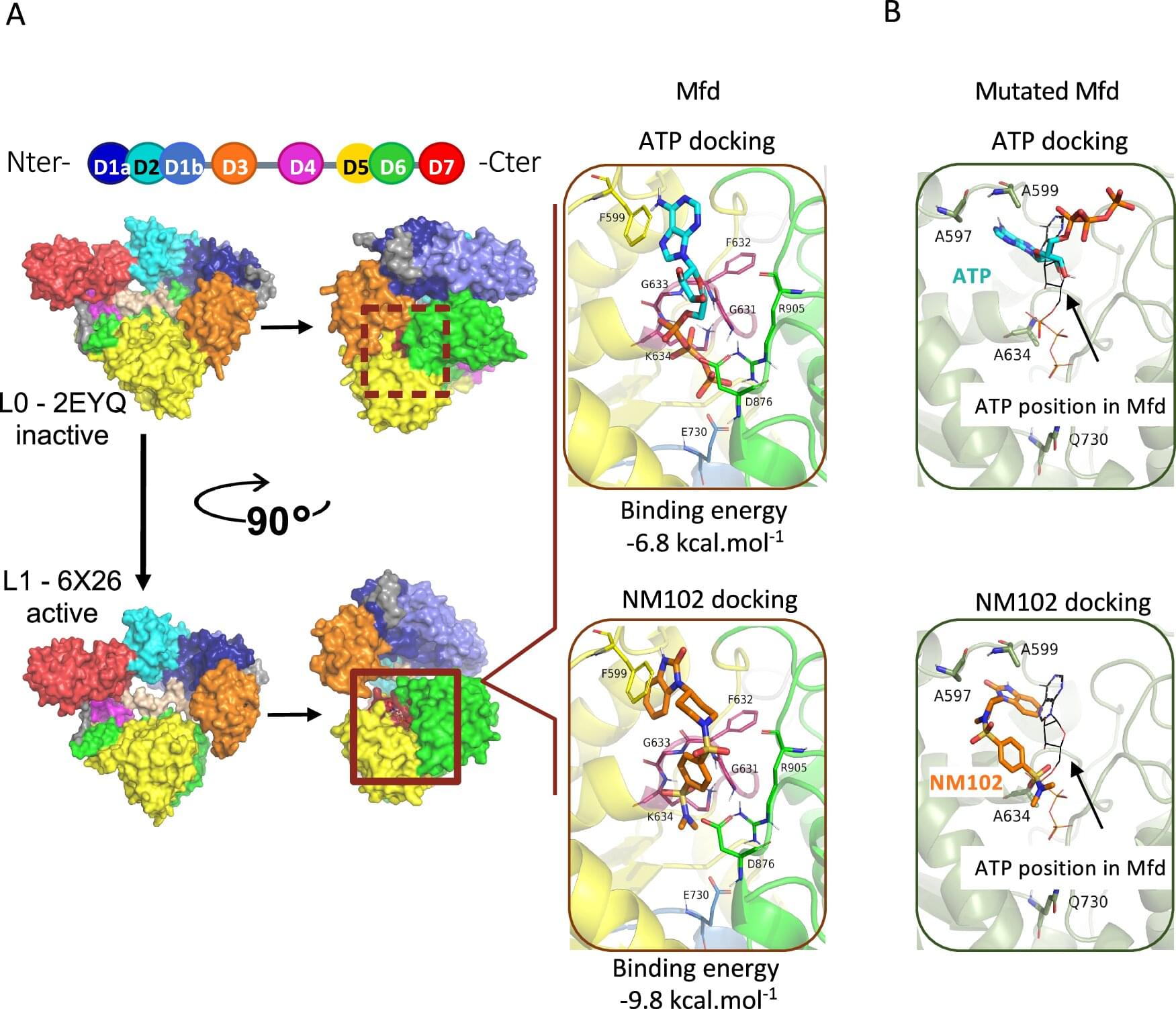
Molecule can disarm pathogenic bacteria without harming beneficial microbes
A consortium of researchers with multidisciplinary skills, coordinated by INRAE and including the CNRS, the Université Paris-Saclay and Inserm, has identified a molecule capable of “disarming” pathogenic bacteria in the face of the immune system, without any negative effects on the host microbiota, promising a new strategy to combat antibiotic resistance.
These results, already patented and recently published in Nature Communications, are leading to the development of new drugs.
Antibiotic resistance is a major public health issue. According to the WHO, 5 million people die every year worldwide as a result of antibiotic resistance. This could become the leading cause of death by 2050.